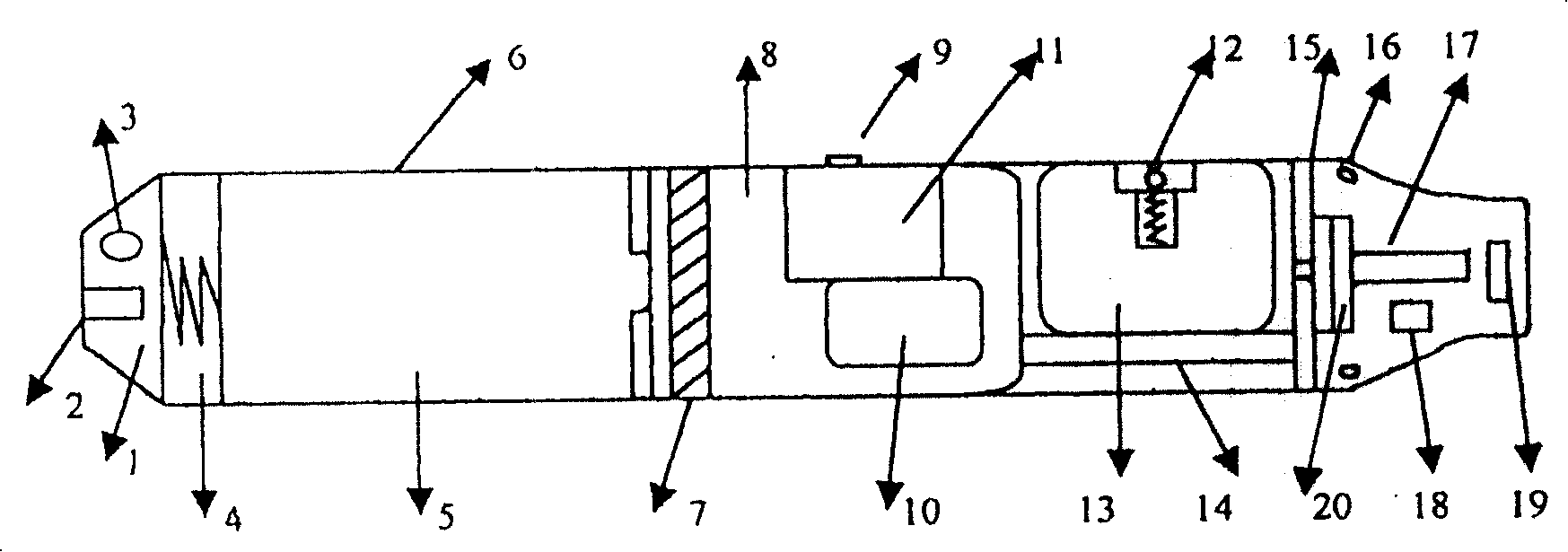Understanding E-Cigarettes: The Benefits, Risks, and Future of Vaping
Introduction: The Rise of E-Cigarettes
Over the past decade, e-cigarettes have emerged as a popular alternative to traditional smoking. While they are often marketed as a healthier choice for those looking to quit smoking, the debate about their safety and long-term effects continues to rage. In this blog post, we will explore the basics of e-cigarettes, how they work, their potential benefits and risks, and what the future of vaping might look like.

What Are E-Cigarettes?
E-cigarettes, also known as vapes, are devices designed to simulate the act of smoking without involving combustion. Instead of burning tobacco like traditional cigarettes, e-cigarettes heat a liquid—commonly referred to as “e-liquid” or “vape juice”—which contains nicotine, flavorings, and other chemicals. This liquid is turned into an aerosol (commonly called vapor), which is inhaled by the user.
E-cigarettes typically consist of the following components:
1. Battery: This powers the device and heats the e-liquid.
2. Atomizer/Coil: The coil heats up when the device is activated, turning the liquid into vapor.
3. E-Liquid: This liquid contains nicotine, flavorings, and a base of propylene glycol and vegetable glycerin.
4. Mouthpiece: This is where the vapor is inhaled.
The user activates the e-cigarette by pressing a button or through an automatic sensor that detects inhalation. The liquid is vaporized when the coil is heated, producing a mist that the user inhales.
How Do E-Cigarettes Work?

Types of E-Cigarettes
Not all e-cigarettes are created equal. There are various types available on the market, each catering to different needs and preferences. Here are the main categories:
1. Cigalikes: These e-cigarettes are the closest in appearance to traditional cigarettes. They are often disposable and designed for beginner vapers.
2. Vape Pens: Slightly larger than cigalikes, vape pens have refillable e-liquid tanks and offer more customization options.
3. Mods: These are larger, more powerful devices with the ability to adjust settings such as temperature and wattage. Mods are popular among experienced vapers who want more control over their vaping experience.
1. Reduced Exposure to Harmful Chemicals
Traditional cigarettes contain over 7,000 chemicals, many of which are toxic or carcinogenic. E-cigarettes, on the other hand, contain far fewer chemicals, and most of the harmful substances found in cigarette smoke are not present in the vapor produced by e-cigarettes. While the long-term effects of vaping are still not fully understood, e-cigarettes are generally considered to be less harmful than traditional smoking.
2. Help with Smoking Cessation
Some smokers use e-cigarettes as a smoking cessation tool. Nicotine is the addictive substance in cigarettes, and many e-cigarettes allow smokers to gradually reduce their nicotine intake by using e-liquids with varying nicotine concentrations. Although the FDA has not officially approved e-cigarettes as a smoking cessation device, many studies suggest that they may be a useful tool for smokers looking to quit.
3. Less Secondhand Smoke Exposure
One of the major concerns with traditional smoking is secondhand smoke, which can harm those around the smoker. E-cigarettes produce vapor rather than smoke, which significantly reduces the amount of harmful chemicals released into the air. This makes vaping a potentially safer option for those around you compared to smoking.
4. Odor-Free Vaping
Unlike traditional cigarettes, e-cigarettes do not leave behind a lingering odor. The vapor produced by e-cigarettes usually has a mild fragrance, which is often fruit or candy-








